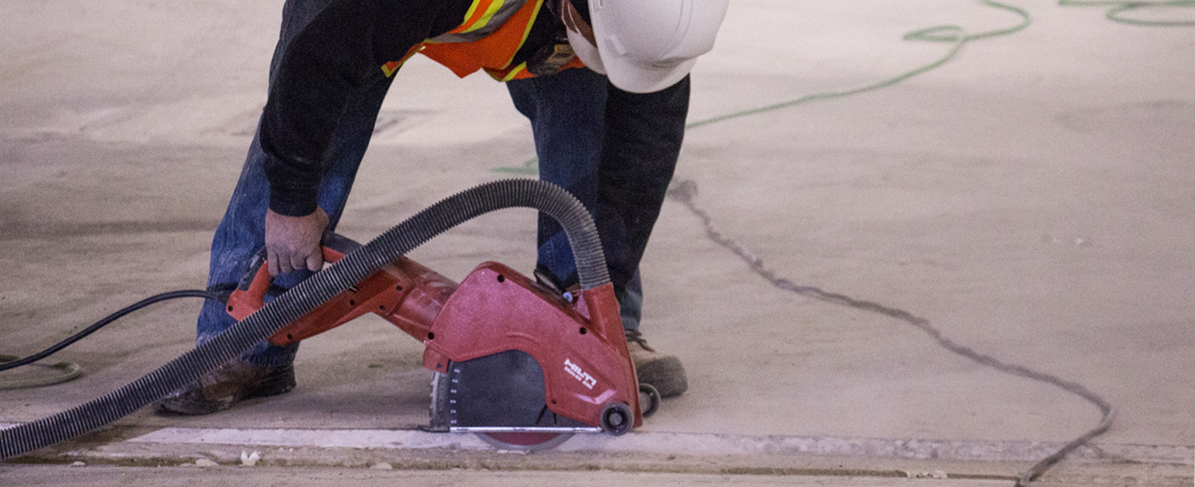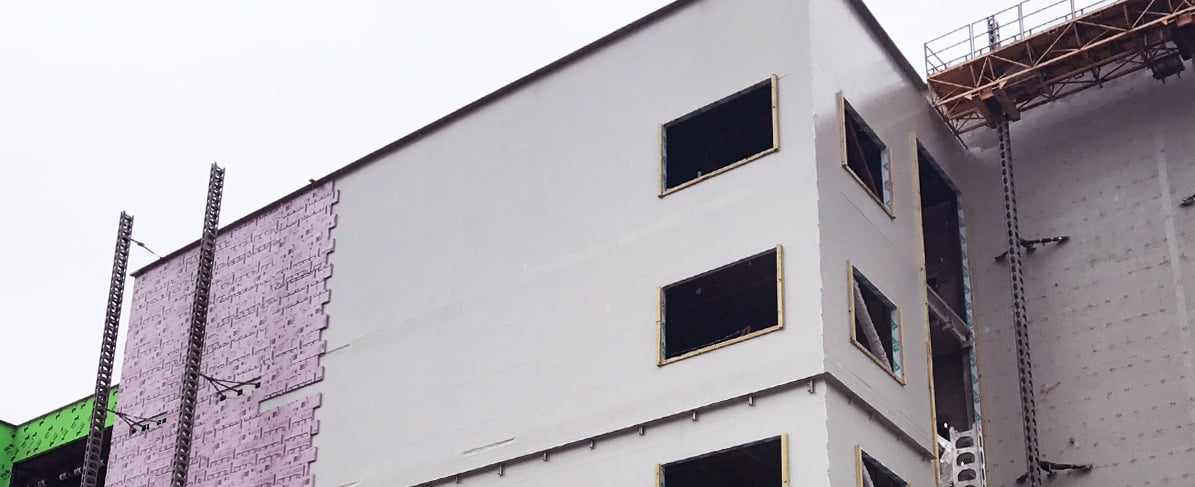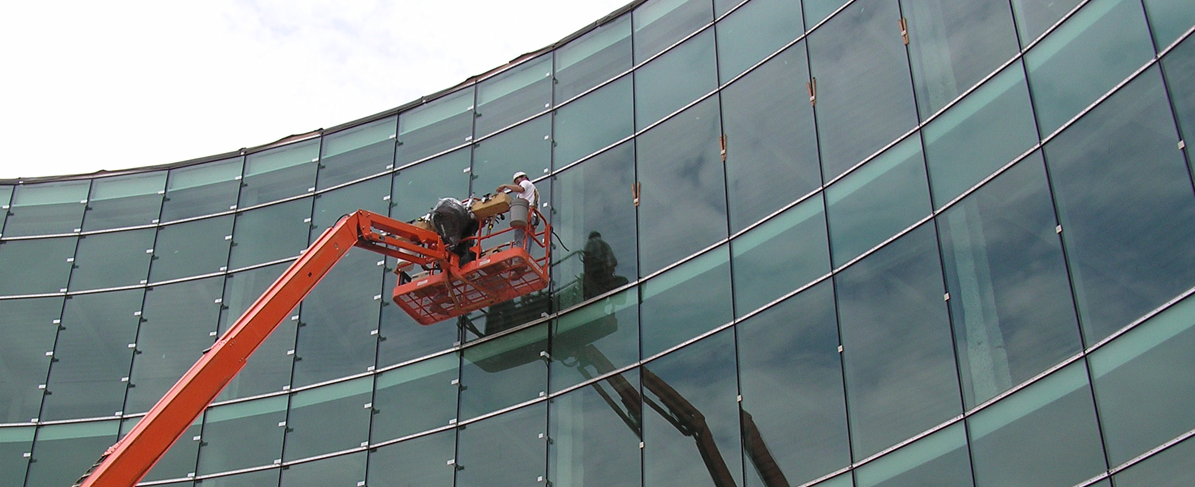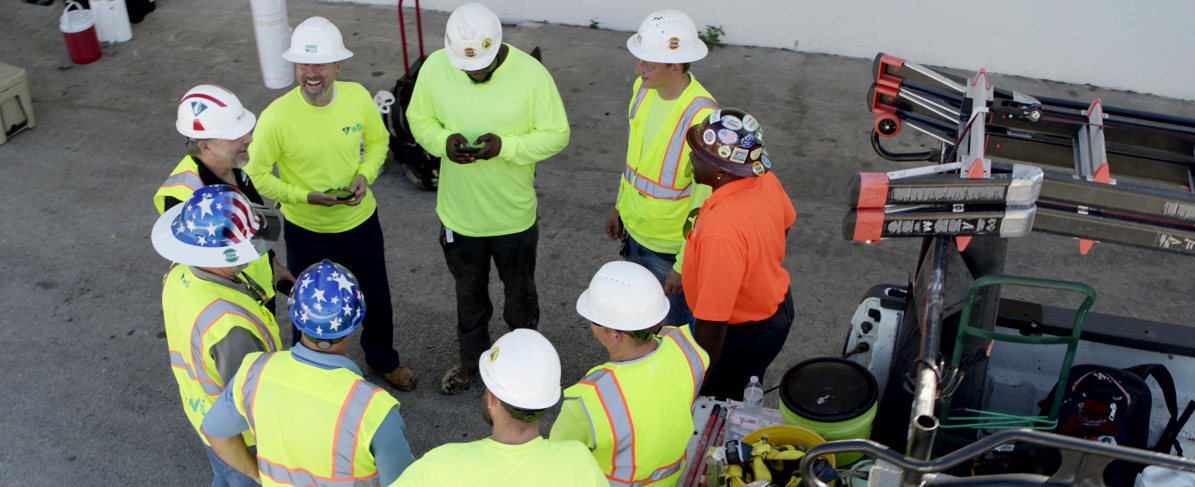Every expansion joint is not created equal. There are countless variations in substrate conditions and transition options that must all be considered to ensure a safe and long-term solution. For horizontal joints, contractors, architects and manufacturers should remember these 5 things to safeguard their new construction and restoration projects from failure and mitigate risk.
- Investigate Existing Conditions.
Examine the site and take note of the following:
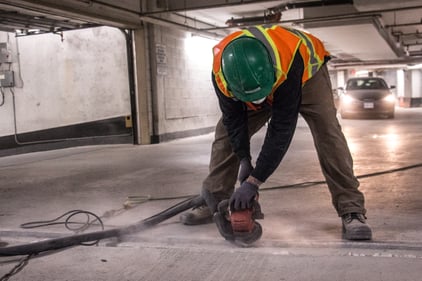 How many expansion joints there are and the distance between them. For example, if expansion joints are 100 yards apart, expect high force and movement concentrated in the existing joints.
How many expansion joints there are and the distance between them. For example, if expansion joints are 100 yards apart, expect high force and movement concentrated in the existing joints.- How big is the throat opening? Some products can only accommodate certain sizes so take note of the width of each joint.
- Look for cracks and scratches in the concrete. In circumstances of a metal plate system, extreme movement may result in scratches in the substrate. If you see these, consider an alternative method for restoration.
- Determine (and validate) joint movement. Measuring joint movement can be difficult, especially in new construction. Reach out to the structural engineer and refer to local codes to confirm expected movement and what is permitted in your area. Validate this by using a scratch gauge or hiring a consultant. You do not want to compound a mistake, so ensure you have all the accurate information before making any recommendations.
- Determine anticipated and potential traffic.
Expansion joint solutions can handle varying degrees of pedestrian and vehicular traffic. Consider the extreme instance of a snow plow or even a fork lift where a big gap could cause it to drop pallets. If you have a wide joint in an area where you don’t expect foot traffic, there is still the possibility for someone to walk by and get injured if the conditions are not secure. High heels can also puncture a system if not accounted for. Consider the full potential before choosing a solution.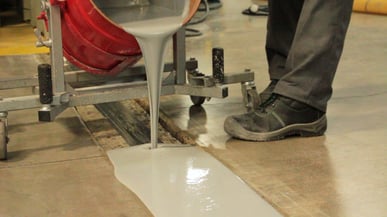
- Does your project require a tie-in to the deck coating?
In parking garages and warehouses, you may need a seamless transition of your expansion joint. If this is the case, you may need to look into fluid-applied solutions. - Are there any special requirements to accommodate such as fire rating, food safety, seismic movement, sound transmission or pick resistance?
Some projects, such as prisons or schools, will require more stringent characteristics of your transitions. Perhaps there are irregular shapes that your solution must span. Make sure your expansion joint can match these and that your manufacturer has proven success to share with you and your client.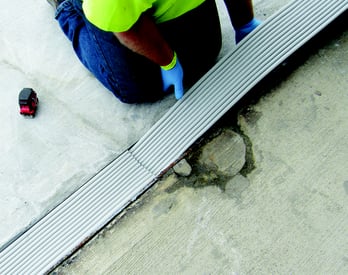
- Understand your options.
Some projects may suffice with only a backer rod and sealant; others may need a liquid system poured into a boxout. A pre-compressed foam and epoxy may satisfy your needs with noninvasive anchoring. Other conditions may suggest a metal plate and anchors. Know your options, their strengths and limitations before deciding on a product.
Regardless of your expansion joint condition, it is crucial that you recognize the existing state of your project as well as potential future situations. The cost of tear out and repair can be high, but the cost of water or fire damage or even human injury is worth getting the job completed right.
